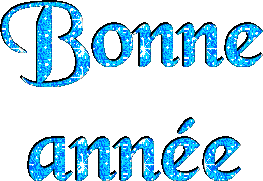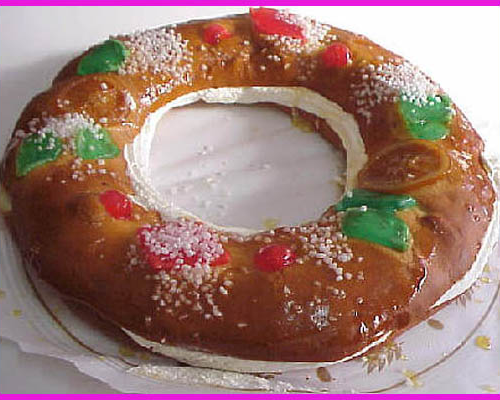Start of the new academic year and what can the children remember from last year?
A great and easy game to play to revisit core language that you want the children to be able to use throughout this next academic year!
The game allows you the chance to do some AfL aswell.
You can observe and see if children react correctly and you can also collect in their scores and see how well each child listened and responded to key language.
You need a "buzzer" card (just a circle of coloured paper) - one between two children. Make sure that is equi-distant between the two children.
The game is simple.
You can play this with so many elements of language:
- basic language- numbers/ colours/days of the week/ months of the year
- questions to find out about someone
- spotting verbs
- spotting adjectives
- spotting nouns
How to play Touch Base!
One child is "the player" and the other child is "the counter".
The counter must observe and count how many times the child who is the player touches the buzzer card.
Ask the player to listen to key language that you say.They are listening for specific language content (e.g. numbers or nouns or adjectives).
Say several items- the children need to touch their buzzer card when they hear key language that is within the category you have asked them to listen for.
Ask the "counters" to let you now how many times their partner touched the buzzer.All they have to do is jot the number down on a piece of paper with the name of their partner and the buzzer game they took part in.You could just opt for a show of hands from the counters when you call out the number of times that the player might have pressed their buzzers.how many hands go up on the correct amount you are expecting?
Now ask the children to swap roles and play a new but similar the game of "Touch Base"
With learners who are moving on or are advanced primary learners, you can make this a game where they have to identify the nouns or the adjectrives or the verbs in spoken list.






















.jpg!Blog.jpg)














